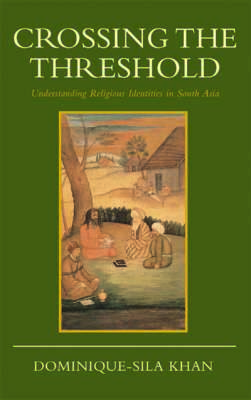The question ‘Who is Hindu, who is Muslim?’ is addressed here and found to be not as simple as generally assumed. By analysing documents as well as original field data, the author examines the shaping of religious identities in South Asia, and more particularly in northern India. She argues that the perception of Islam and Hinduism as two monolithic and perpetually antagonistic faiths coexisting uneasily in South Asia has become so deeply ingrained that the complexity of the historical fabric is often neglected. The emergence of clear-cut categories is demonstrated to be a relatively recent phenomenon, while the past is shown to have been characterised by a remarkable fluidity and diversity in the social and religious milieus. The author explores the historical mechanisms that have led to the emergence and crystallisation of religious identities, and the increasing number of conflicts that threaten the harmonious coexistence of contemporary South Asian communities. In particular, she considers the role played by Ismaili Islam in the intricate interface of South Asian religious traditions, which has to this day remained largely unexplored.
Preface
Note on Transcription and Transliteration
Introduction
1. Who is Hindu, who is Muslim? A Brief Historical Survey
2. ‘There is no Hindu, there is no Musulman’: Standing on the Threshold
3. Creating Orthodoxies
4. Nation and Religion (1920–2000)
Conclusion: The Metaphor of the Hidden Pir
Notes
Glossary
Bibliography
Index
‘This book is a timely contribution to the ongoing debate on religion and religious identity in contemporary South Asia.’
– Yoginder Sikand, The Muslim World Book Review
Dominique-Sila Khan obtained her first doctorate in literature and her second in anthropology, both from the Sorbonne University. She lives in Jaipur, India, where she is currently working as an independent researcher, associated with the Institute of Rajasthan Studies. She specialises in the study of Hindu-Muslim interactions in South Asia, and in particular the study of obscure branches of Nizari Ismailism in India. Her first book, Conversions and Shifting Identities: Ramdev Pir and the Isrnailis in Rajasthan, was published in 1997. She has contributed a number of articles to various periodicals and collective volumes in India and elsewhere.

